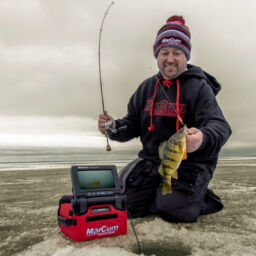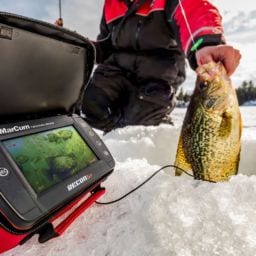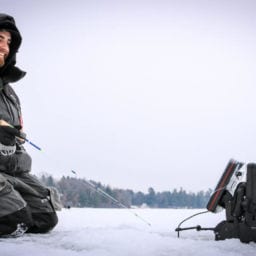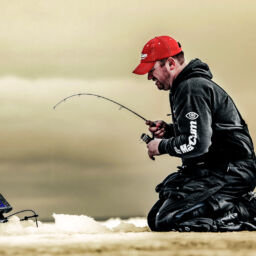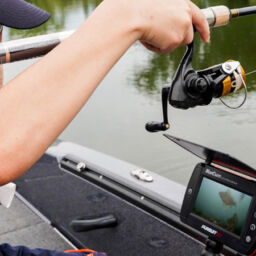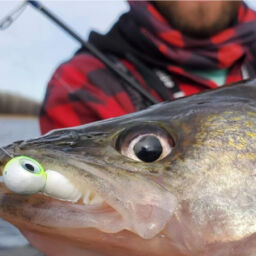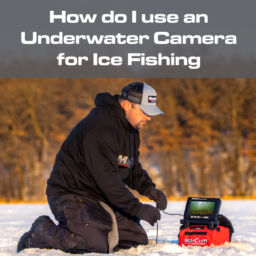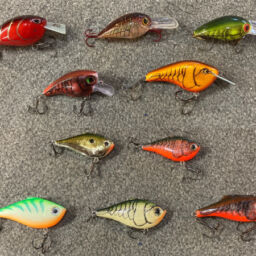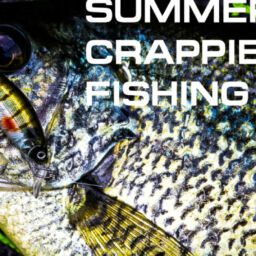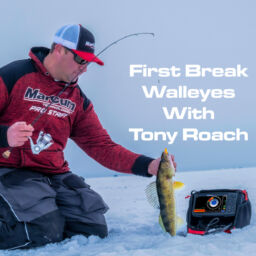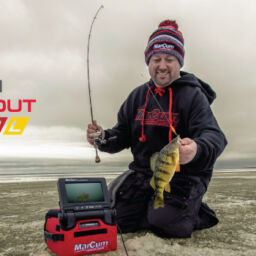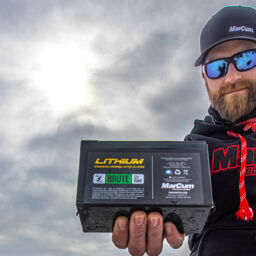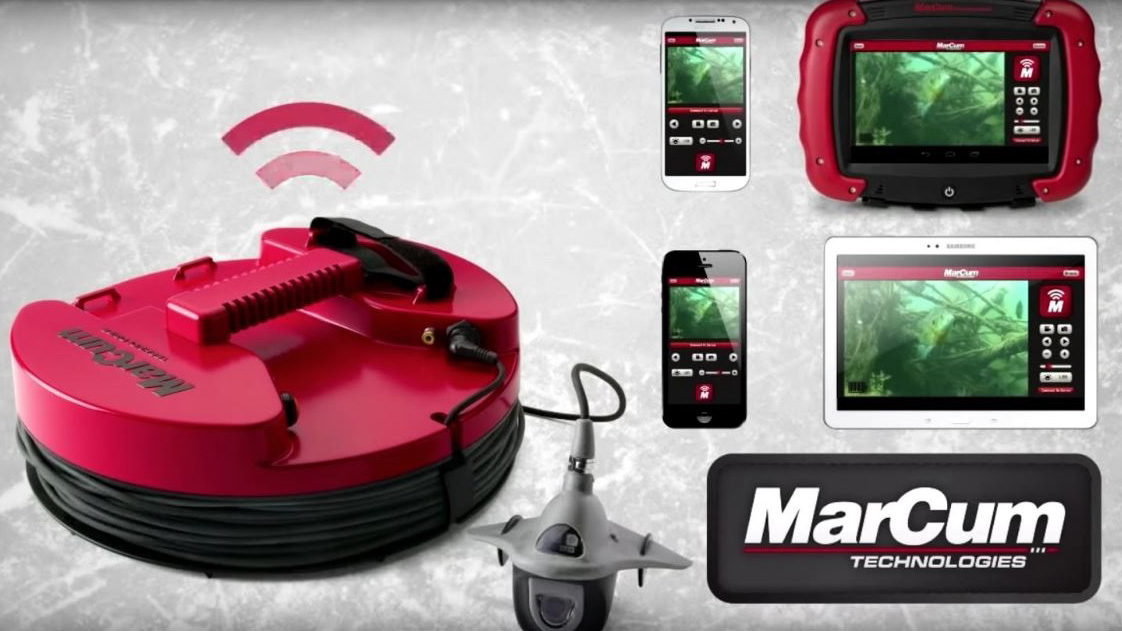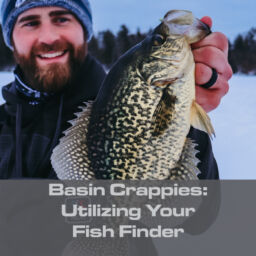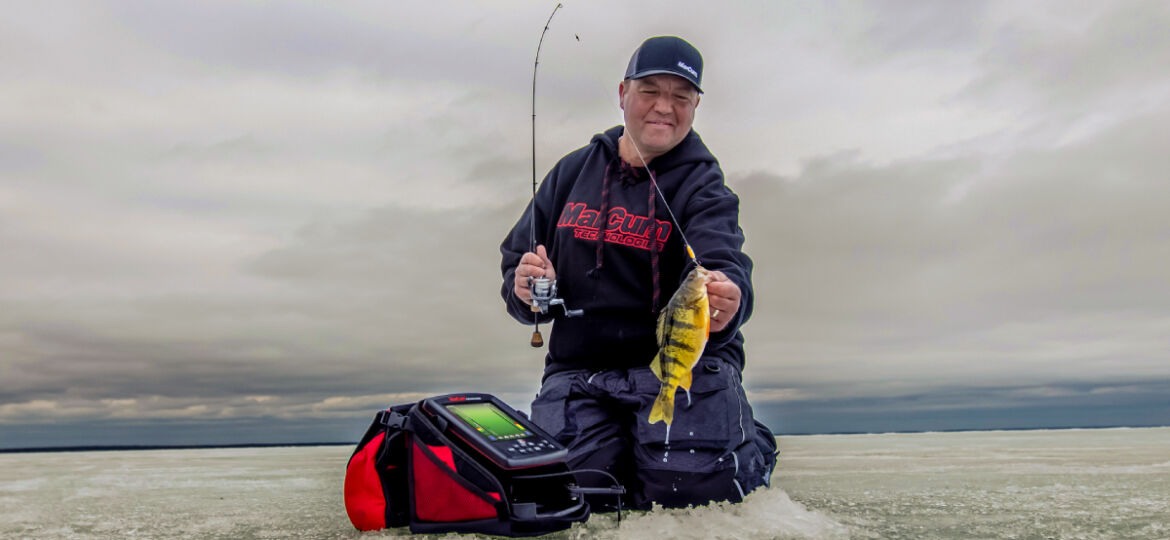
Finding, then Catching
The Sonar/Camera Combo 1-2 Punch
We’ve lived in a world with underwater cameras for several years now, and though technology has raced forward, the basic underwater video feed of a swimming fish can captivate and inform nearly any angler. As cameras have become lighter, smaller, and more crisp, new advancements in sonar have entered the fray as well.
All of which makes for some tough decisions when budgeting for how best we can fool a fish. Yet for ice anglers who utilize both on a frequent basis, the option to have a combo sonar/camera like the MarCum LX-9L offers a premium 1-2 punch.
Tony Roach is no stranger to that game, as he fishes across northern Minnesota each winter, doing his best to put clients continuously on panfish, perch, and walleyes. It should come as no surprise then that underwater viewing systems are a key part of his strategy, and have been since their inception.
His camera and digital sonar approach mimics his now-famous “ice-trolling” concept of roaming select structural elements while drilling holes continuously, in an effort to both locate fish and stay on them. Few have drilled as many holes in the hardwater as Tony, and fewer yet have followed that up with as much underwater viewing as he has either.
The upshot is a 1-2 punch of underwater viewing and sonar that focuses on two main parts; the finding, and then catching, each of which utilizes different strong-suits of cameras and traditional sonar.
Finding
Perhaps the most crucial portion is finding them, and 2D fish finders have always been the ice fishing gear for the job. When hunting for any species, the basic premise is that you can’t see what isn’t there, and without a “mark” or a “target” on-screen, it often proved futile to spend much more time there. Fish finders for ice fishing offer critical cues and clues to location in the water column, size of fish, and a host of other variables required to track down more fish.
Underwater Fishing Cameras also accomplish that goal in a variety of ways. The most obvious one, seeing a fish, shouldn’t be understated, as other means of finding fish rarely reveal speciation. Many an angler has chased suckers while thinking a walleye was the belly-to-bottom target they saw on the graph. Tony says, “We take out the camera when something isn’t adding up on sonar, and also just when we’re searching down a break.”
Certain species like perch, are curious and actually drawn to the camera. “We’re looking for the better jumbos, and even though the graph can be full, we drop cameras to stay on big fish,” says Roach. He recalls a recent trip to Winnie where perch were everywhere, but better fish were tough to stay on.
Tony says, “There was a blizzard of perch down there, and we talked to other anglers that didn’t do well because they couldn’t tell the difference from small perch to good ones on their graph. We just drilled until the camera revealed more jumbos.”
Tony uses his LX-9L’s sonar to find interesting features, then the camera for other scouting purposes too, especially for panfish. “Standing green cabbage will always be great places to look for gills, so I find weeds with the sonar first, then drop a camera to see what kind of vegetation I’m working with,” says Roach.
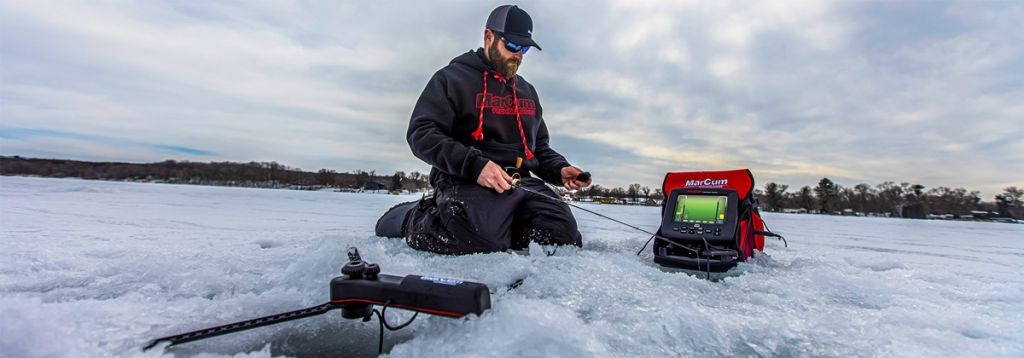
These can be shallower locations too, where the sonar cone angle means a relatively small footprint on the lake bottom. Translated, that means cameras can cover more area, especially when the water is clear. “You can pick up on the structure and condition of the weeds too,” continues Roach, noting that pockets, points, and inside turns in a healthy weedbed are hard to detect in any other way.
While lightweight, pocket-sized screens with equally small ducers make the mobile life easier, it’s often nice to have both handy. “That’s really true in the wheelhouse,” says Tony.
“I like being able to have both at my fingertips to see what’s coming from a distance, and also see what’s below the hole, as a camera can only point in one direction.” I’d agree, in saying that the best underwater camera is one you’ll use, and having one attached to your flasher means it’s always there and at the ready.
Catching
Of course, catching more fish is the primary reason anyone buys a flasher or underwater camera to begin with, but there’s a pile of ways you can extend that idea. At face value, simply seeing a fish inhale your bait gives you a distinct advantage, but this is especially true on tough bites.
I recall a bite on Devil’s Lake where perch were thick, but would only eat when a live minnow was set on bottom, made to struggle against the weight of the jig that secured him. Perch would nose down, stare, and eventually pin the minnow to bottom, leaving the angler without a camera none-the-wiser to any perch’s presence.
Tony notes similar experiences with perch, “They’re the fish you love to hate – they can rise to a bait so quickly, like they’re going to crush it, and yet sometimes you can barely see or feel the bite.” Whether targeting finicky perch or other species, Roach is quick to admit that cameras make him a better angler.
“Just having one down allows me to study how the fish are biting, and that can change from one hour to the next, or one area to another,” says Tony. “Sometimes we ‘sort’ by only allowing larger fish to eat the jig, and other times we’re using the camera to see what jigging technique will trigger them, it’s an invaluable tool.”
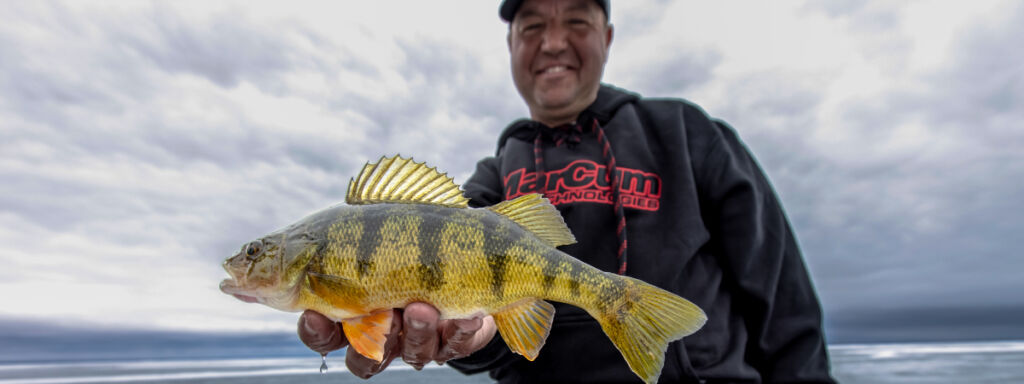
Yet, seeing them eat isn’t always realistic, as a camera’s field of view may only cover one or two of the several holes you may be fishing. In some scenarios, like clear water walleyes, a camera can even spook fish. That means it’s nice to have sonar as your main weapon, and the option to drop or retrieve the camera depending on a fish’s mood.
I’ve also noticed how well an underwater camera can train your jigging stroke. I heard another fishing-Pro and guide speak about unnatural jigging motions by saying, “you’d look at a hamburger suspiciously if it suddenly jumped to the ceiling too.”
I think underwater viewing can certainly prevent and inform that, as any new lure I test comes under close visual scrutiny with the camera. It’s helped unlock key twitches, stops, and swings to popular lures that have always done well for me, making them even better when a fish comes into frame.
Here’s where you can look towards a larger screen camera model, whether lure-training or trying to trick a bluegill. Camera screen size is really the premium when it comes to stationary viewing, and the new LX-9L offers the biggest screen in the business. Take advantage of the unique “heads up display” by viewing your sonar and camera at the same time.
There’s also a video-out, allowing angler the option of taking the sonar, underwater, or both feeds to the big screen. All of which could be argued is more entertainment than educational, but seeing is believing and learning both.
Anglers always have the option to purchase a flasher or camera separately, in whatever configuration they so choose. Yet, not only is there a premium offering for both the best sonar engine and best camera in one package, consumers can save money by having them packaged together.
On top of that, a $100 battery is offered as a free value-add, giving lithium power, durability, long-life, and lightweight to the entire system. If you need both, especially as a wheelhouse or primarily stationary angler, the LX-9L should be among your very top choices.
Looking to go Perch fishing? Check out this article: Up your Jumbo Perch game with underwater cameras
New to Ice Fishing? Find out what you need with this article: Ice Fishing for the New Angler



